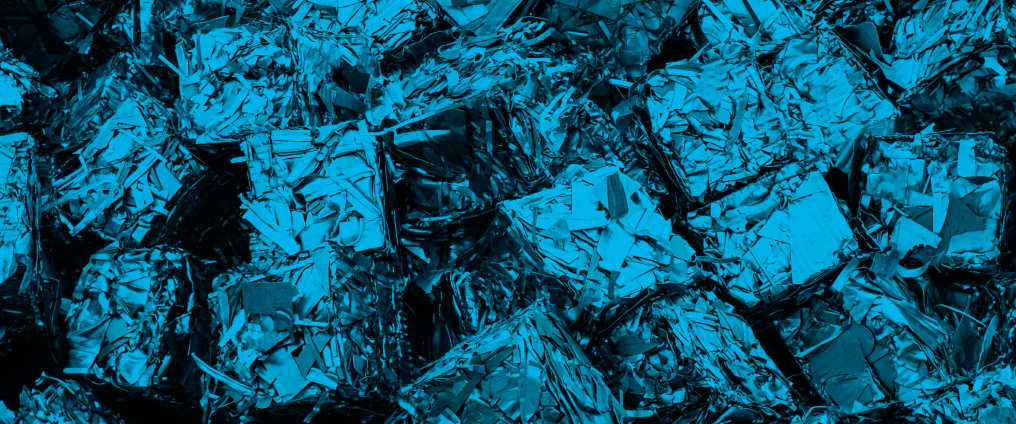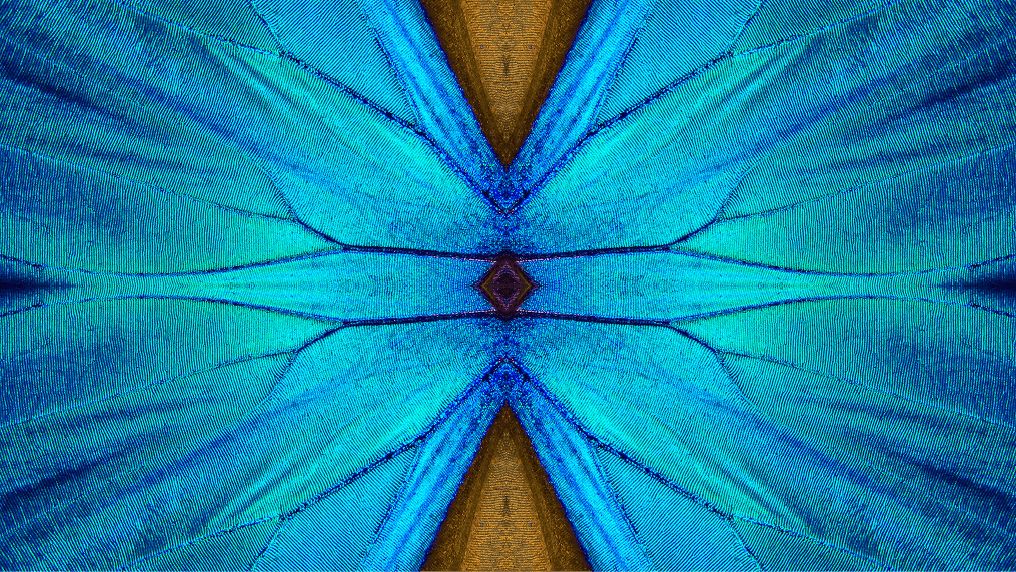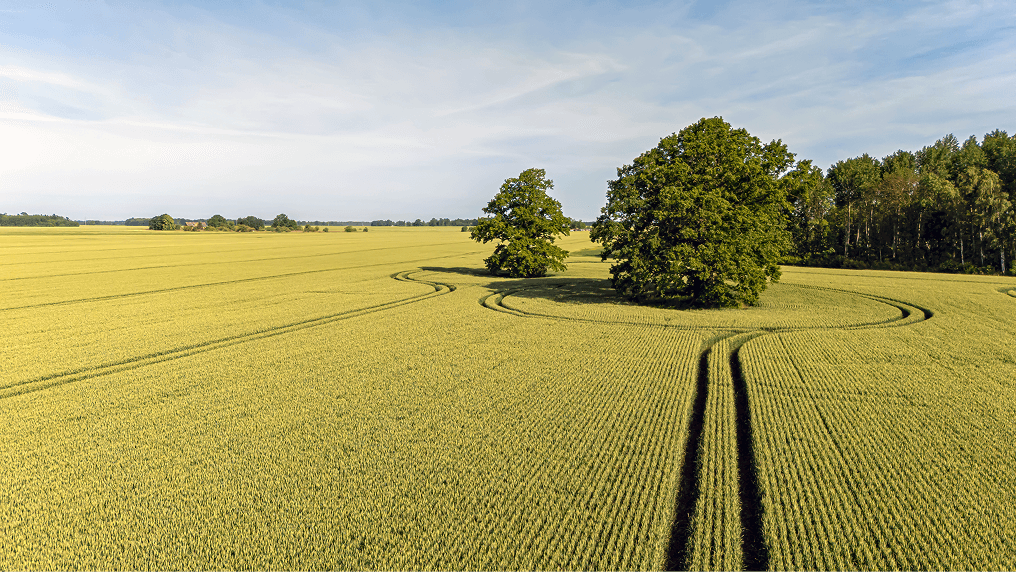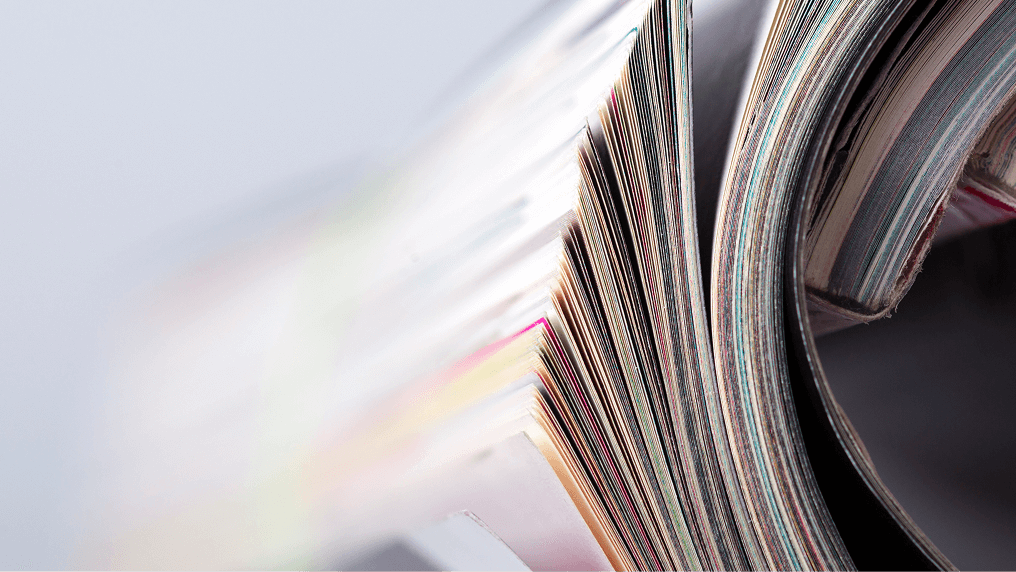Recycling is the action or process of converting waste into reusable material.
Recycling begins at the end - the ‘get rid’ stage of a product’s lifecycle. The circular economycircular economyA systems solution framework that tackles global challenges like climate change, biodiversity loss, waste, and pollution. It is based on three principles, driven by design: eliminate waste and pollution, circulate products and materials (at their highest value), and regenerate nature., however, goes right back to the beginning to prevent waste and pollution from being created in the first place. In the face of our current environmental challenges, recycling won’t be enough to overcome the sheer amount of waste we produce.
“In a properly built circular economy, one should rather focus on avoiding the recycling stage at all costs. It may sound straightforward, but preventing waste from being created in the first place is the only realistic strategy.”
- World Economic Forum
A circular economy challenges us to consider waste and pollution as design flaws
Recycling is what you might call ‘end-of-pipe’, while a circular economy’s ‘upstream’ solutions address potential problems right at the source.
While recycling is undoubtedly a necessary component, we need to ensure that products and materials are designed, from the outset, to be reused, repaired, and remanufactured. It’s the consequences of decisions made at the design stage that determine around 80% of environmental impacts.
Companies are already exploring ways to ‘design out’ waste when products are still at the concept stage.
How the circular economy works
Get the basics or explore the circular economy in detail.







